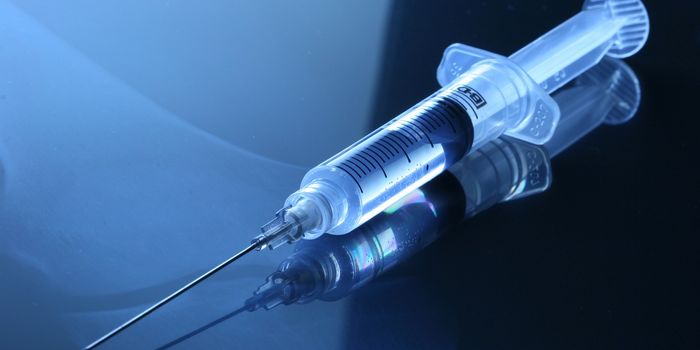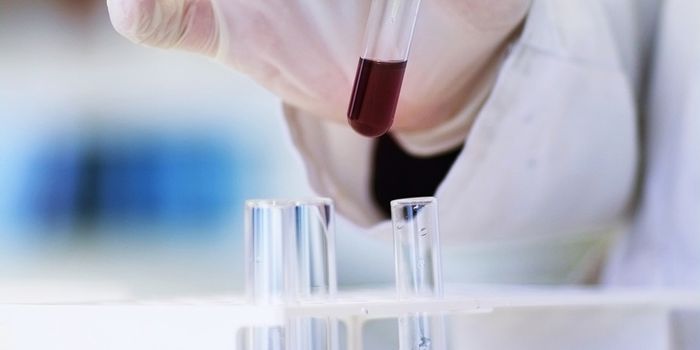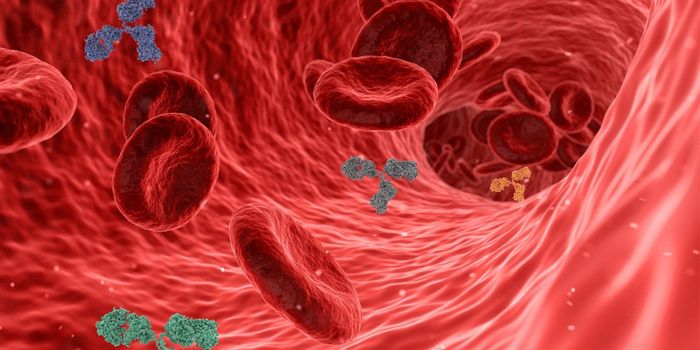A Master Regulator That Helps Power Immune Cells on the Attack
When pathogens infect cells, the immune system has to launch a counterattack. Scientists have now learned more about how immune cells boost their power when it's time to eliminate pathogenic invaders in tissues. The findings have been reported in the journal of the European Molecular Biology Organization (EMBO).
In this study, the researchers identified a protein that can improve the efficiency of mitochondria, power-generating organelles in cells, allowing mitochondria to produce more power. They named the protein Atossa. The research was done using a fruit fly model, but the investigators believe the work is relevant to human physiology because the fruit fly protein is very similar to the human version of this protein.
The Atossa protein can act as both an accelerator and a gear shift, said senior study author Professor Daria Siekhaus of the Institute of Science and Technology Austria. Atossa can trigger "two metabolic enzymes that help send more fuel into the mitochondrial factory," as well as shifting "the mitochondria into a higher gear."
This shift happens because Atossa raises the levels of another protein known as Porthos, an RNA helicase. Porthos can help improve the production of many proteins, including some that ramp up the activity of mitochondria.
These findings were made possible by imaging live cells in fruit fly embryos. Atossa acts in pioneer cells, which clear a path through tissue, and they need extra energy while that's happening. When Atossa was absent, the researchers saw that cell migration was reduced. The energy levels of cells without the Atossa gene were also reduced.
"We are very intrigued by the possibilities this opens up; for example, Atossa may be crucial for the upregulation of energy production, said first study author Dr. Shamsi Emtenani. That process would be crucial to "antibody production and the specification of white blood cells" in immune cells.
Proteins that are similar to Atossa have also been identified in brain cells, and defects in those proteins may be related to neurodegenerative disease, Emtenani added.
Sources: Institute of Science and Technology Austria, The EMBO Journal








